“I remember the date exactly, it was September 30th, 2020, and I was outside in the hallway of my middle school working on a project and all of a sudden my legs start shaking,” sophomore Zachary Moland said.
Memories like this are ones that have stuck with Zachary, who has battled several conditions including congenital hydrocephalus, a rare neurological disorder, and epilepsy since birth.
“We found out before he was born,” mother Erin Moland said. “He was diagnosed with congenital hydrocephalus at about 18 weeks when they did an ultrasound when I was pregnant, and they could see that he had excess fluid building up in his brain.”
On a day where most expecting mothers hear good news, Erin and Zachary’s father, Michael, were presented with unexpected news that would affect their son’s life forever.
“It was hard,” Erin said. “It wasn’t something that Michael or I knew anything about. It’s one of those things where you go in for an ultrasound and you’re excited and you hope everything’s okay. But you hadn’t really thought you would be in a position where they might look at you and tell you that everything’s not okay. So it was scary. It was scary and overwhelming.”
These moments are ones that are forever etched in the memories of Zachary’s father, Michael Moland.
“Walking with a nurse to take your newborn child into brain surgery, calling 911 for paramedics when he had seizures,” Michael said, “These are moments that a parent can’t forget.”
Just 24 hours after being born, Zachary underwent brain surgery to insert a shunt, an artificial drain, to help drain the excess cerebrospinal fluid in his brain or risk pressure on the brain.
At around 10-months-old, Zachary experienced his first seizure.
“It was not something I think we had expected,” Erin said. “There can be a comorbidity between epilepsy and hydrocephalus because you’re dealing with a kind of different way that the brain is formed. It was pretty terrifying though to go in and the morning and walk in on him having a tonic clonic seizure, which is what most people think of as kind of your stereotypical seizure when one entire side of his body was convulsing, so it was a really scary day. It was overwhelming.”
Things would soon get better as through an early intervention program, Zachary was able to overcome many of his early obstacles.
“I think we were very fortunate in the fact that he had a very good early intervention program that worked with him and with us on helping him overcome some of his early struggles with learning how to crawl and walk and sit up and all of those things,” Erin said. “So it was good that we had all the resources that we needed. It is overwhelming when you have a child that has three, four, or five hours of therapy each week. And he is one of three [children].”
Zachary grew up alongside siblings that did not experience the same struggles as him, but his siblings challenged him in a way that stimulated his progression.
“Zachary is the most determined kid I have probably ever met,” Erin said. “You could see the look on his face even from when he was really young and he would be working with one of the therapists on something and his siblings would be there as well and you could see him watching Abby, his twin sister, and seeing that she could do it and he would just like sit there and watch her. And you could see the wheels in his head turning. He’s had to overcome a lot more than a lot of other kids I’ve ever had to deal with.”
Zachary went nearly 11 years without having another convulsive seizure, until he experienced one in seventh grade.
“I remember the date exactly, it was September 30th, 2020, and I was outside in the hallway of my middle school working on a project and all of a sudden my legs start shaking,” Zachary said. “Luckily we were able to get the teacher and the nurse there in time and the nurse had some of my background info so she was able to get the situation under control. Next thing I knew, I just woke up in the hospital after I’d been through the ER.”
The most easily recognizable seizures are convulsive seizures, but Zachary also experiences absence seizures.
“When most people think of epilepsy, they think of convulsive seizures, and I have those which are controlled using medication,” Zachary said. “But then there’s ones where it’s just it might look like the person who is having the seizures it’s just daydreaming or saying random stuff or just like being generally unresponsive.”
The memories of these seizures are something that will forever be with Zachary.
“It’s not something you forget easily,” Zachary said. “The next one of those I had again was February of 2022. I’d just gone to sleep and again, it seemed to start my legs and it was just my whole body was shaking. So I called for my parents and we had rescue medication at that time, so they were able to use it effectively. And again, I woke up in the ER.”
Zachary defied what some doctors and specialists expected him to do in his future, and he remains an inspiration to Erin.
“Even Zach’s original neurosurgeon that we had has said that he really has blossomed and done so much more than he originally thought he would be able to given what Zach’s original brain morphology looked like,” Erin said. “ When we finished up with one of his early intervention specialists, she made the comment that she wasn’t sure if he would ever sit up. And obviously, he’s done much more than that. What he’s able to do now and what he continues to do, I think he definitely is an inspiration to other people, to me definitely,”
Continuing to succeed despite his challenges, on March 17, Zachary was awarded with the Eagle Scout rank, the highest rank of Boy Scouts, at his Eagle Scout Court of Honor ceremony.
“It takes a lot of work to get there, regardless of who you are, even if I was a completely normal person, that’d be hard for me,” Zachary said. “There are many generations of Eagle Scouts in my family, my grandfather had it, my father had it, my brother, some of my uncles, so I knew this is something that I should at least try my best to do because it’s sort of a family legacy.”
In order to achieve the honor, Zachary had to create his own Eagle Scout Leadership Service Project. He created a clothing drive, collecting over 750 pieces of clothing, surpassing his goal of 300 pieces of clothing.
“My project was a clothing drive benefiting Frisco Threads, which is a nonprofit that works with the school district,” Zachary said. “I was collecting socks and underwear that were new and, and then I also got a lot of gently used clothing, which is great. But obviously it’s a very hard thing to do. There’s a lot of effort that you have to put into that, especially into the project, which was rewarding, very rewarding.”
Zachary’s accomplishments are a testament to his willingness to never give up despite the circumstances according to his dad.
“Hard work,” Michael said, “He may not always realize it, but he often has to work harder or, at least, differently than most. It makes his accomplishments mean a little more.”
Knowing that his conditions will not go away, Zachary continues to find ways to cope.
“Well the mindset I keep is that, you know, it’s just these things aren’t going away,” Zachary said. “Even if they’re under control then it might seem like they’re going away, but you still need to be conscious of them. Even if they do crop up though, you can still, you know, find humor at least some part of it.”






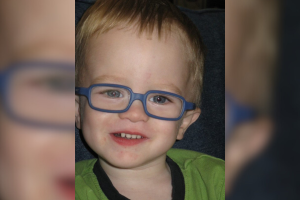
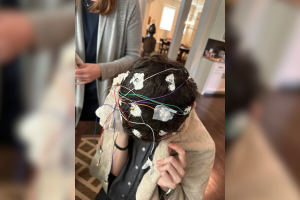
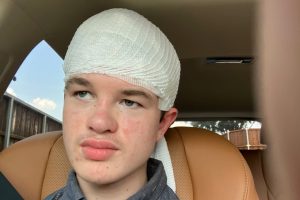
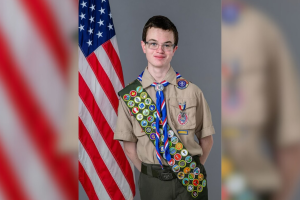
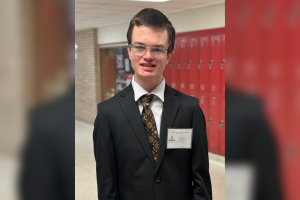
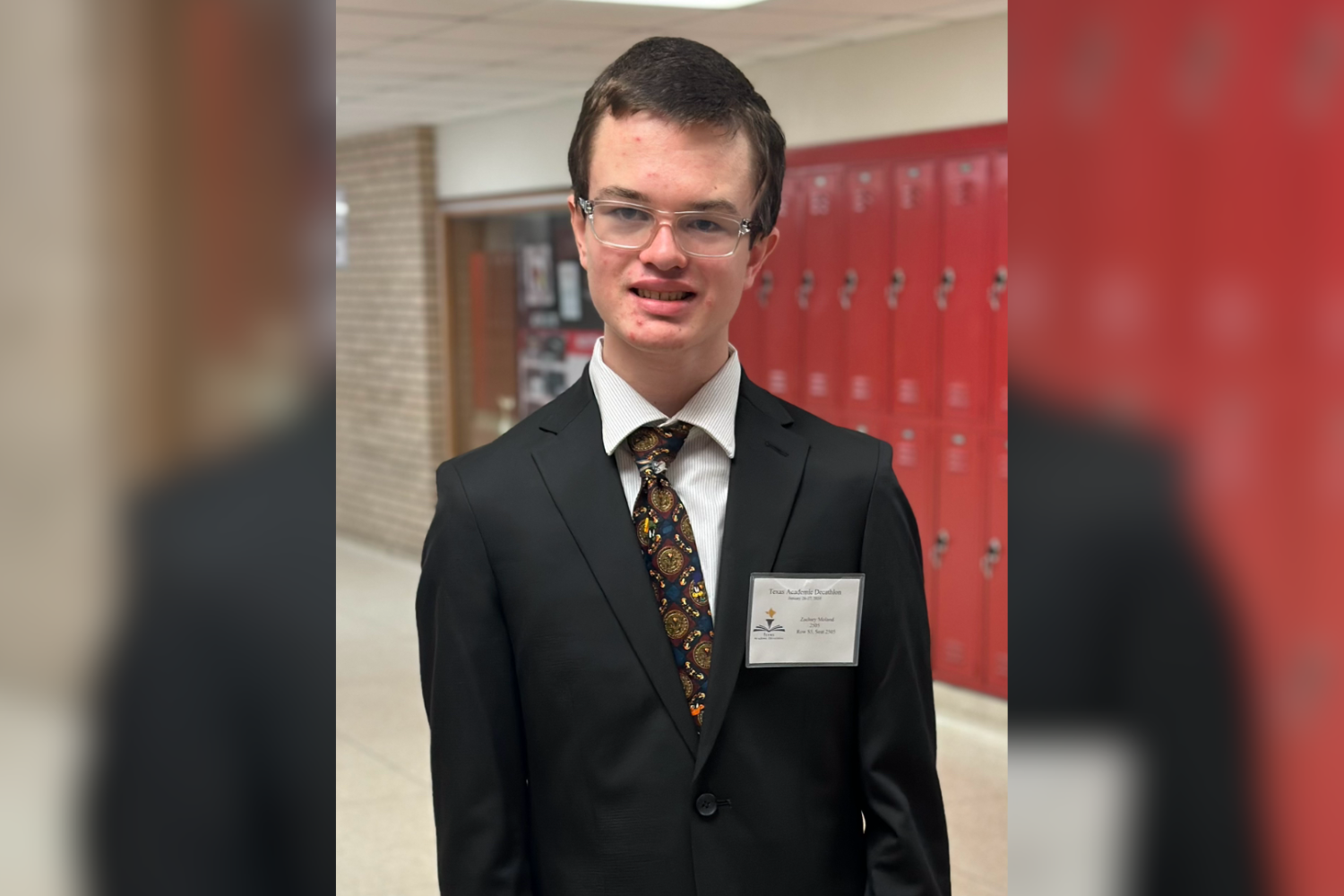
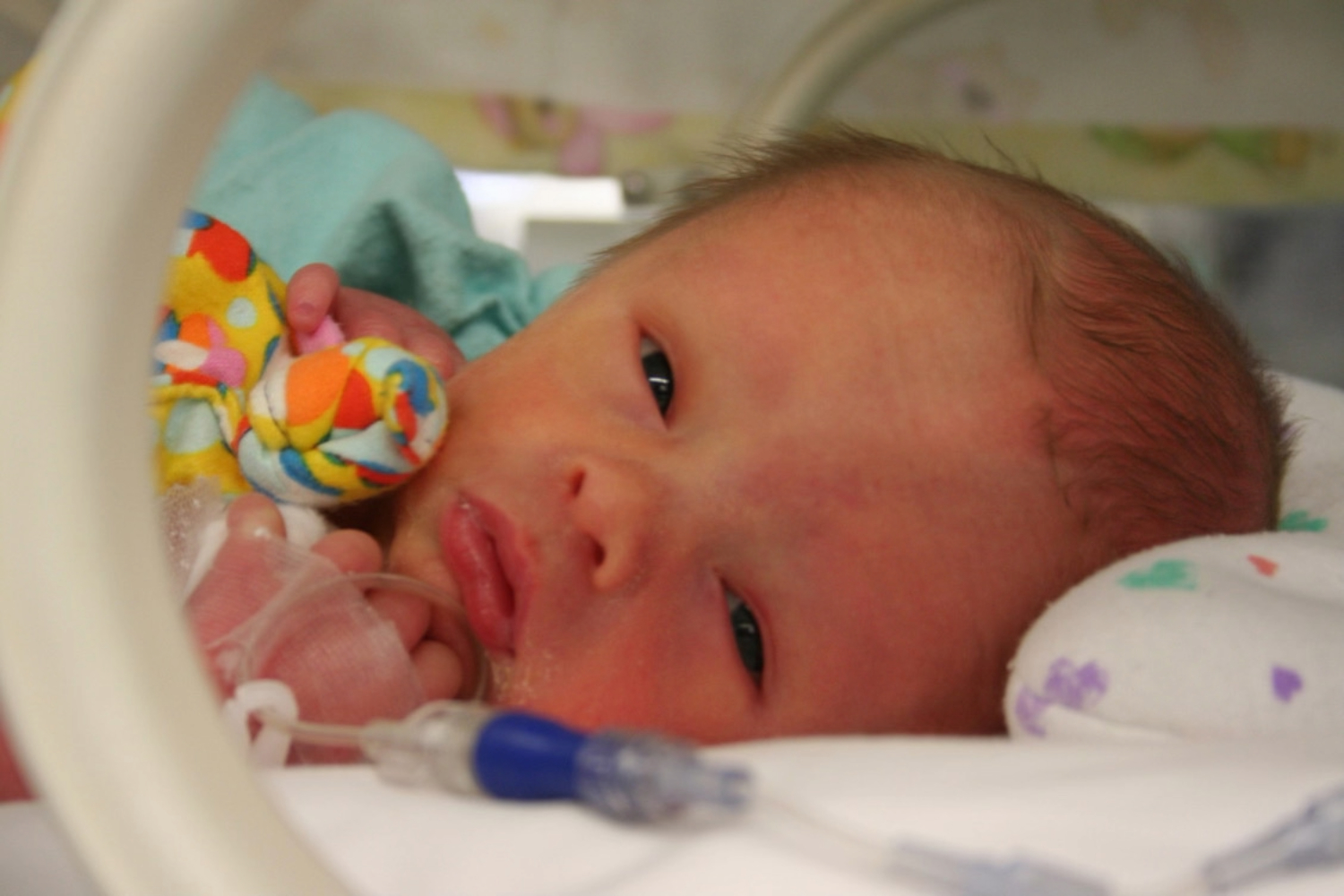
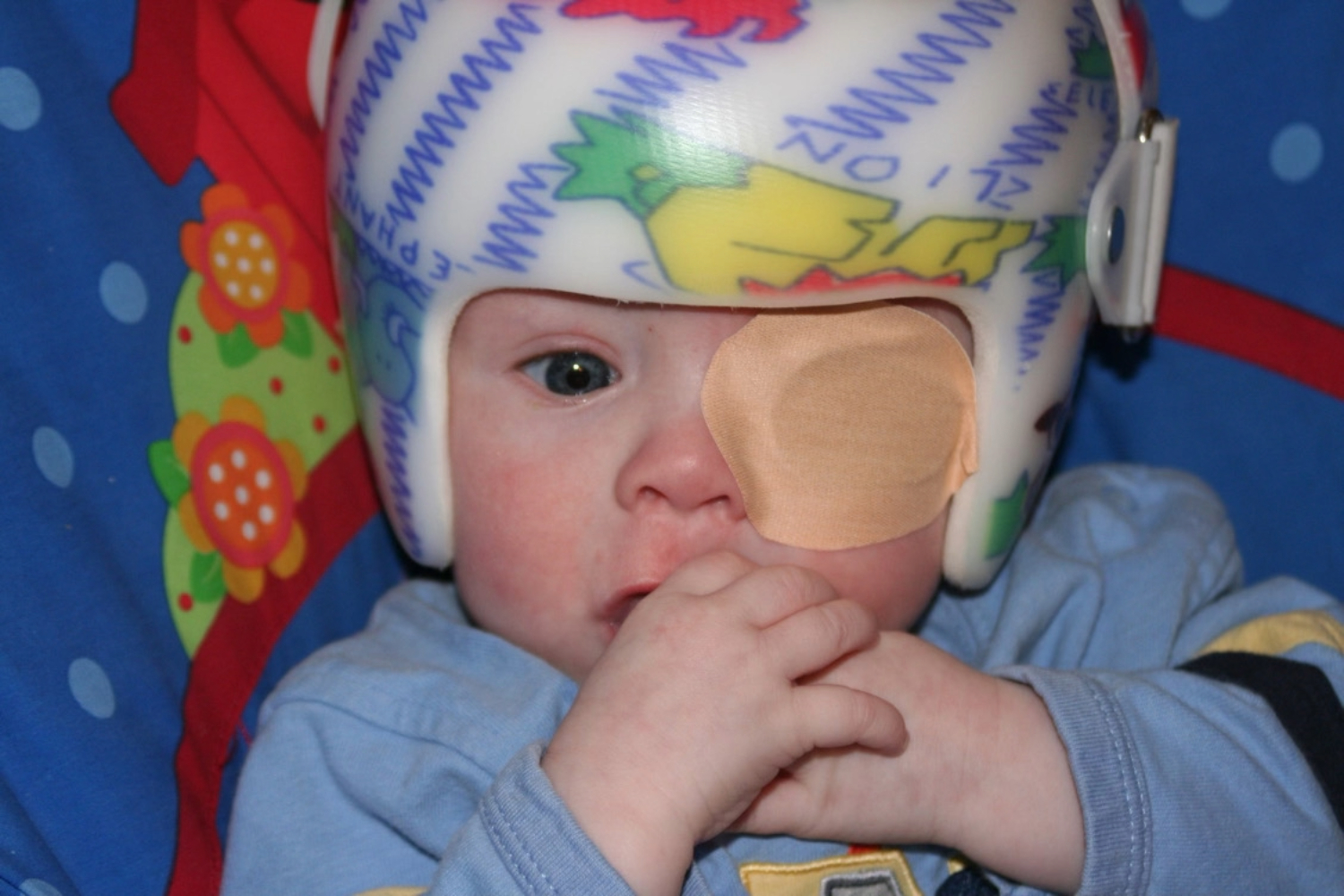
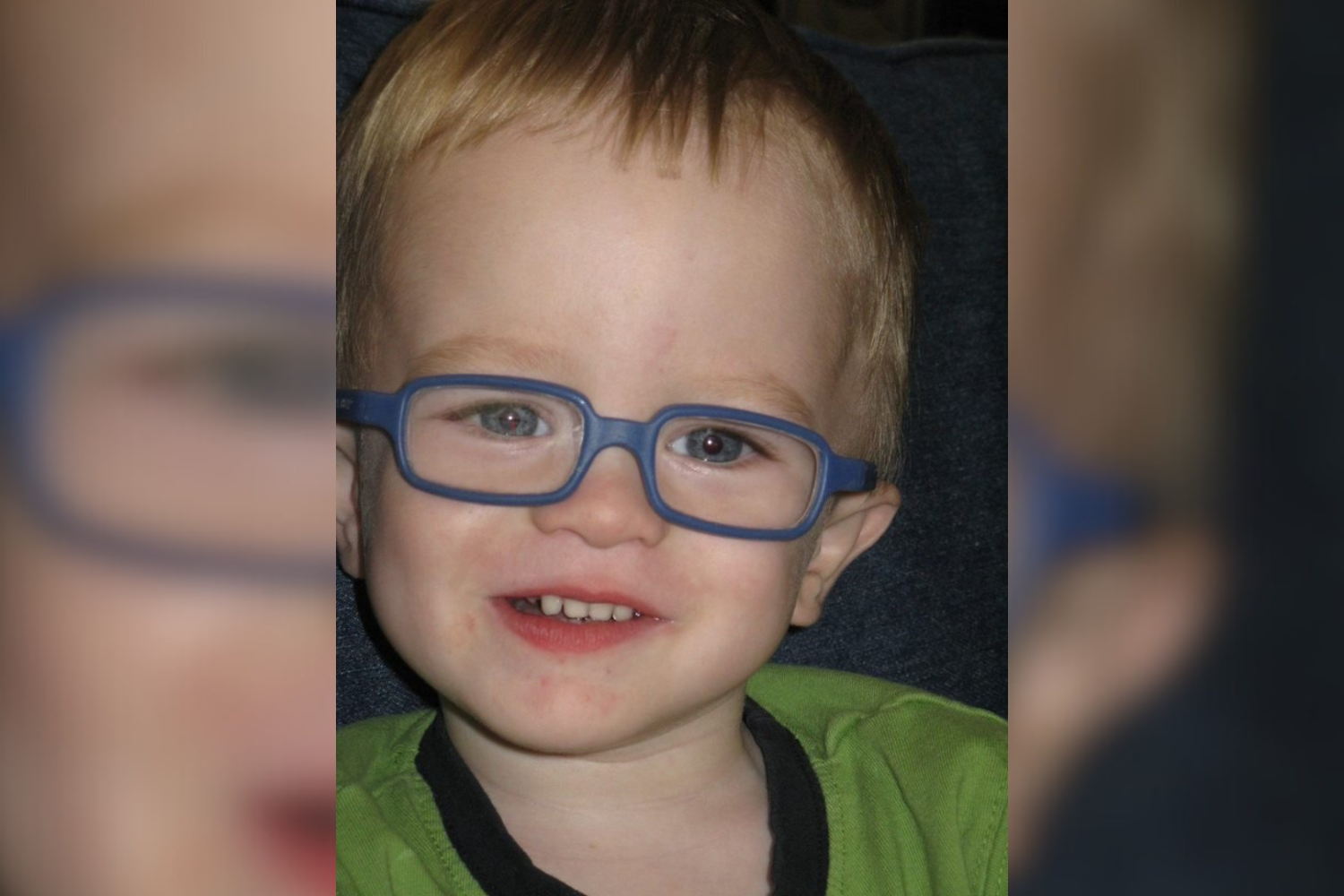
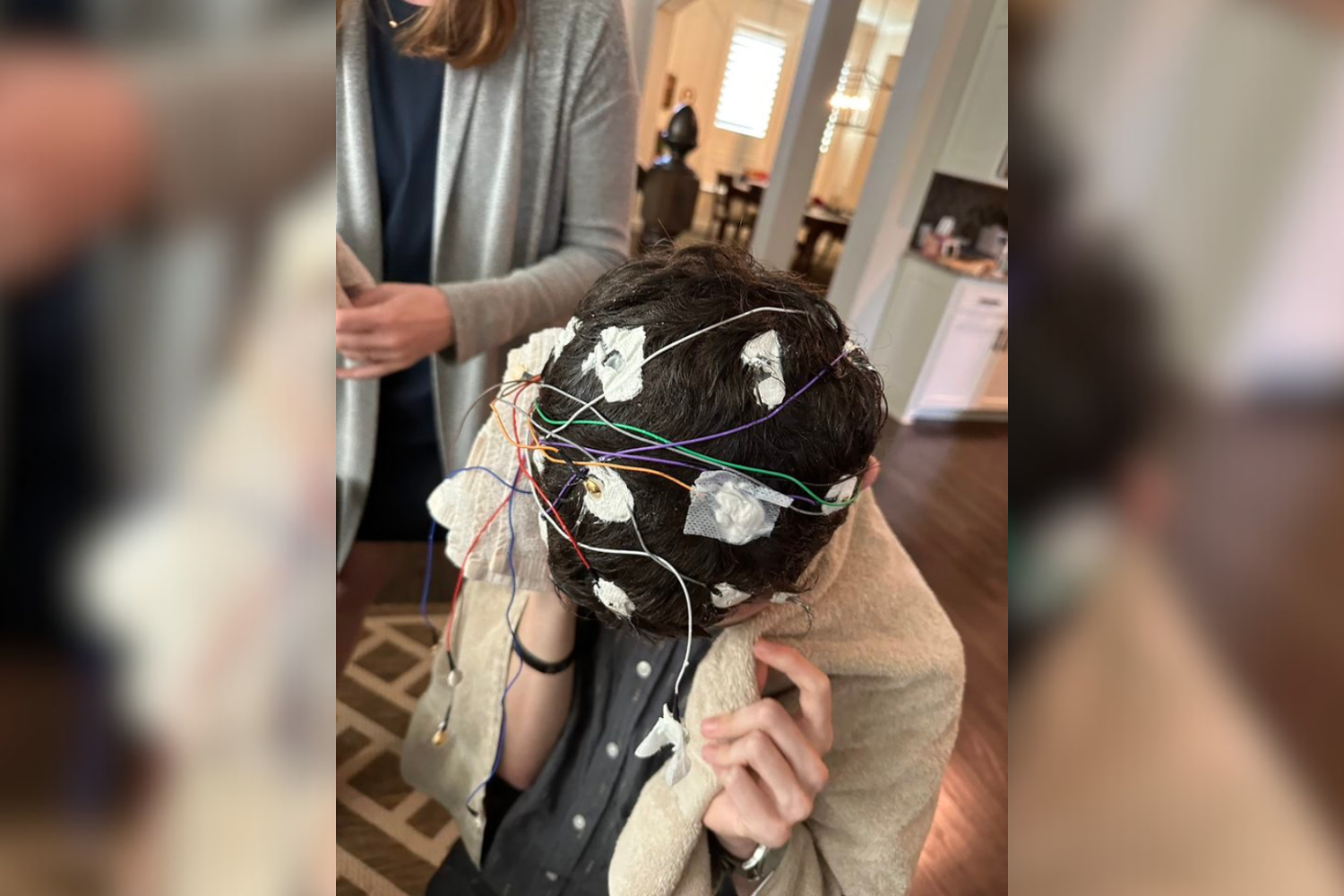

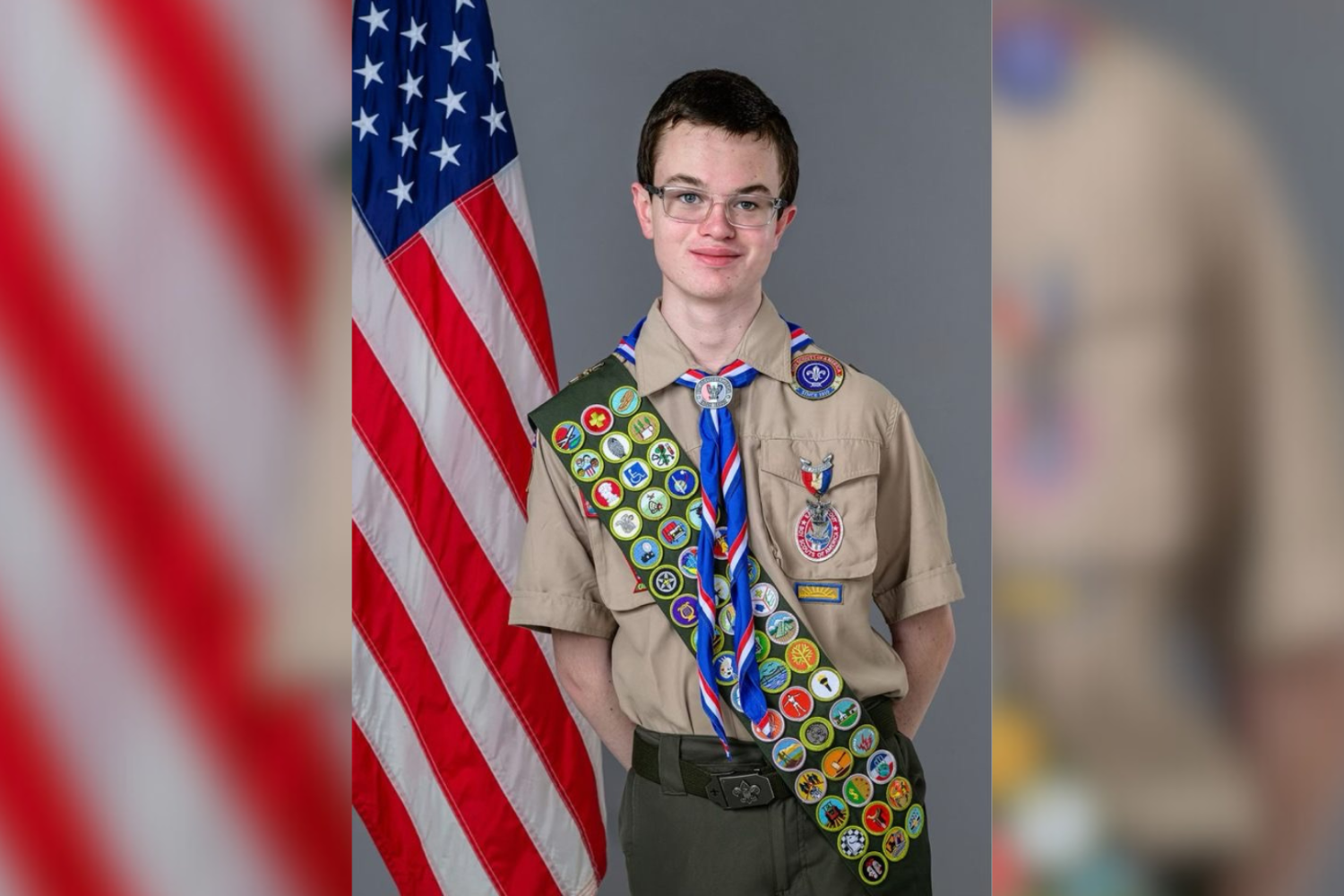
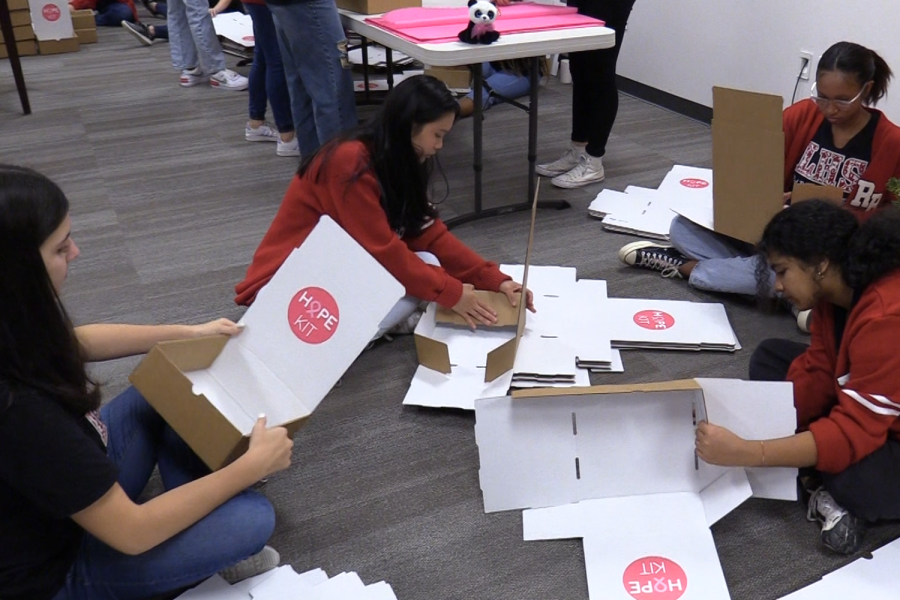
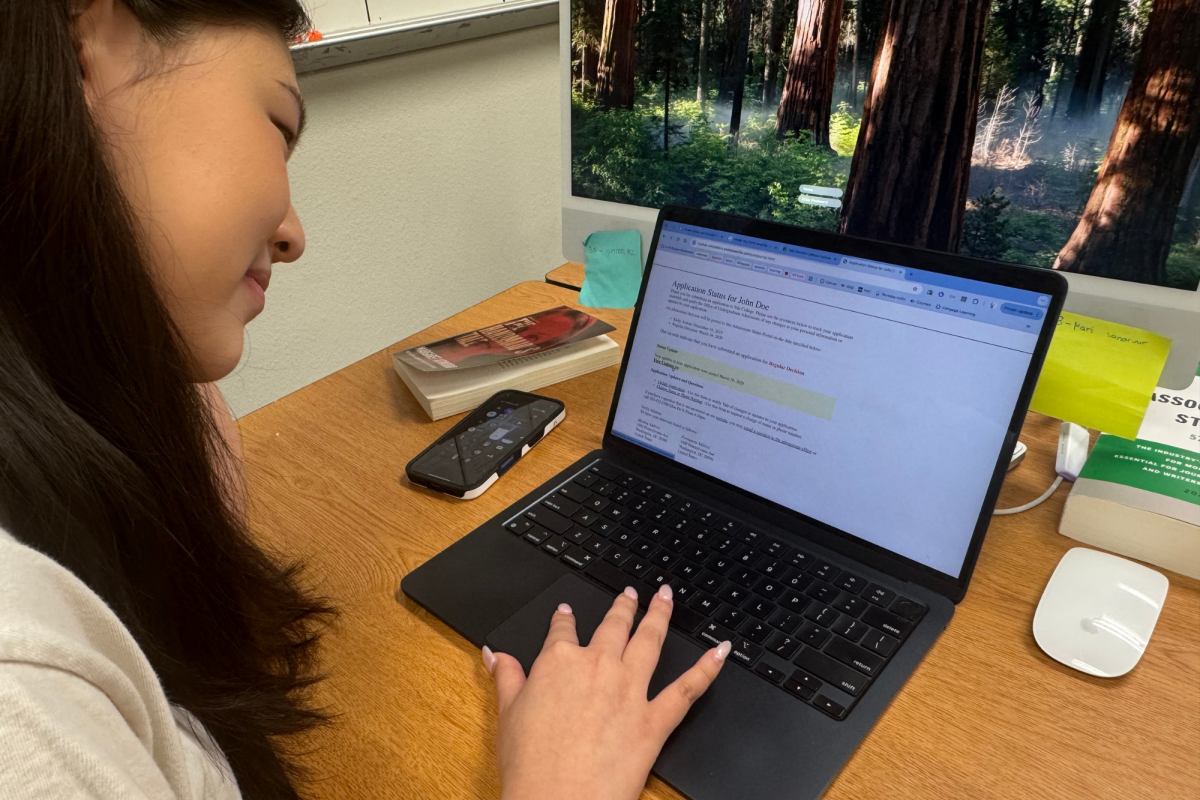

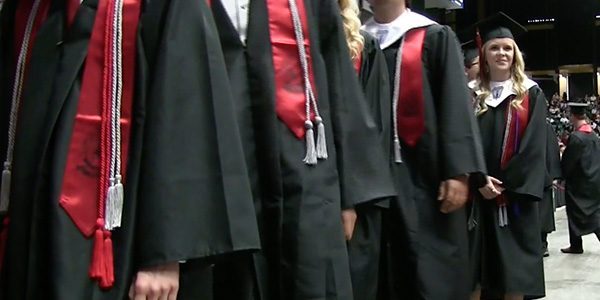
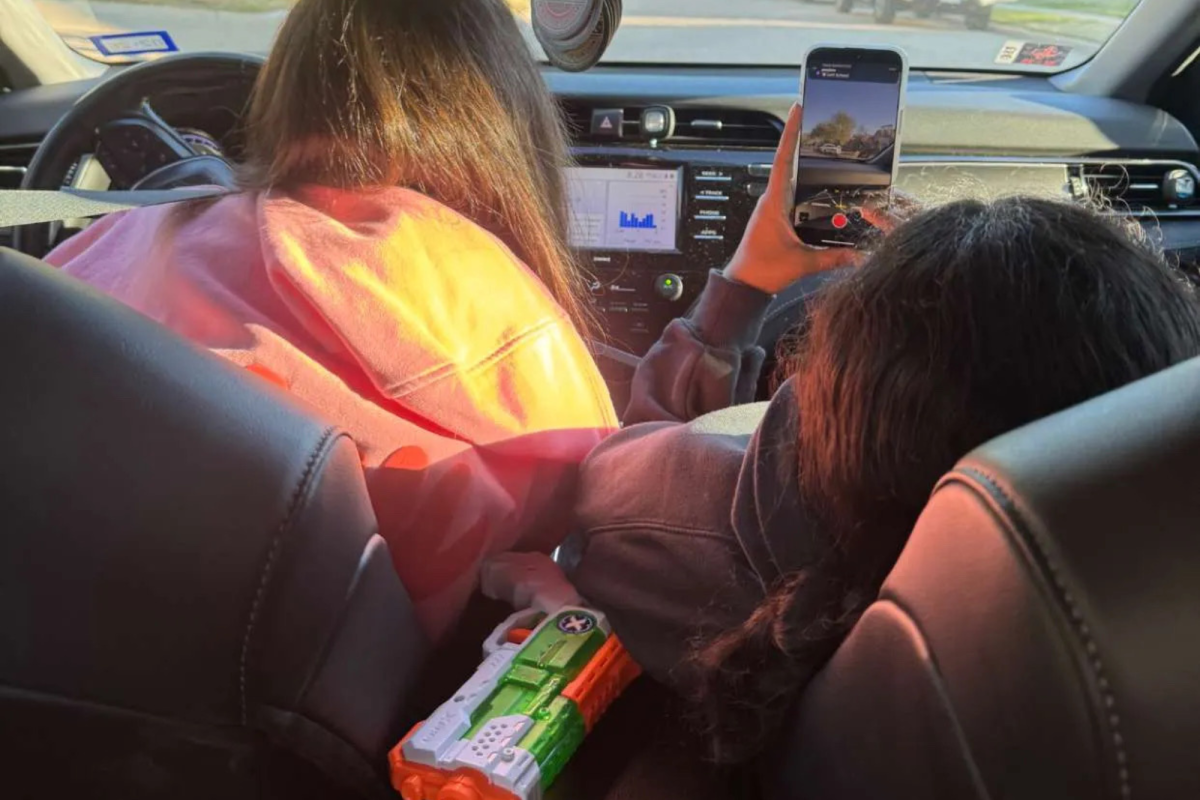
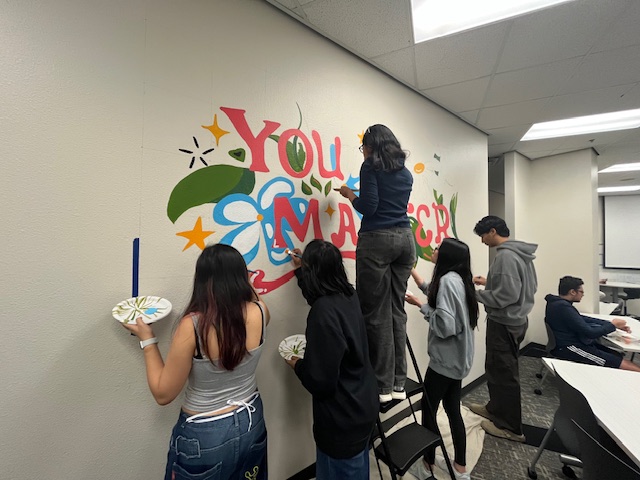

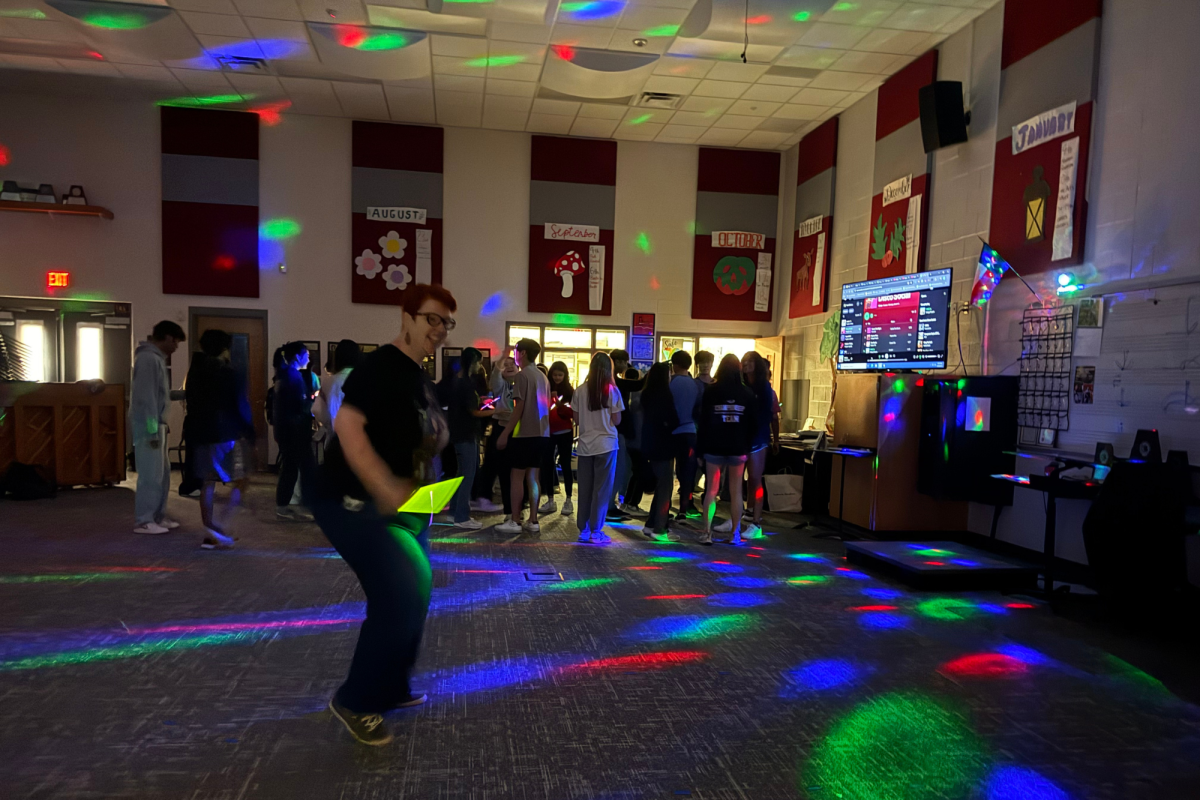
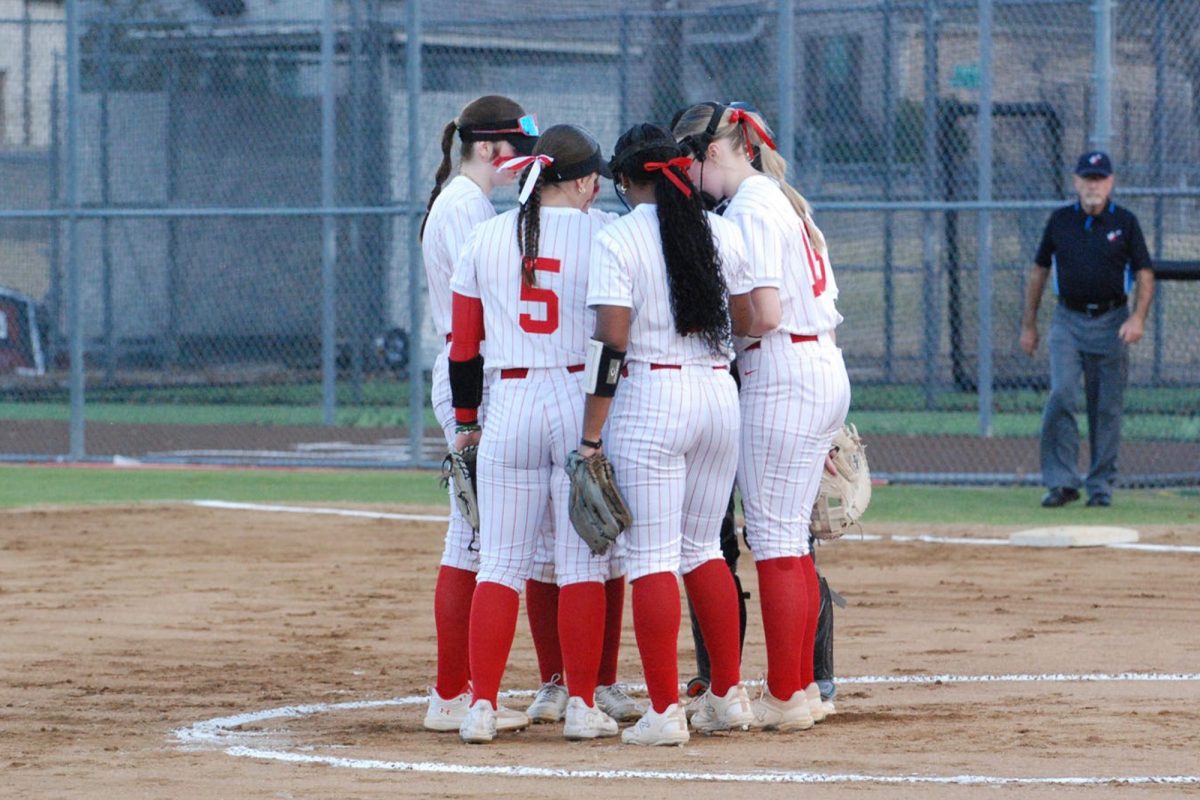
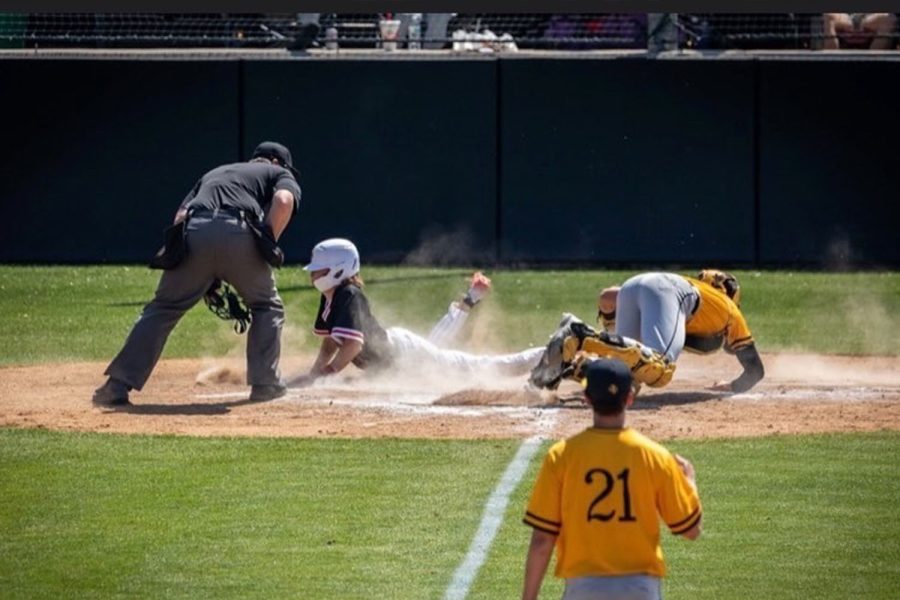
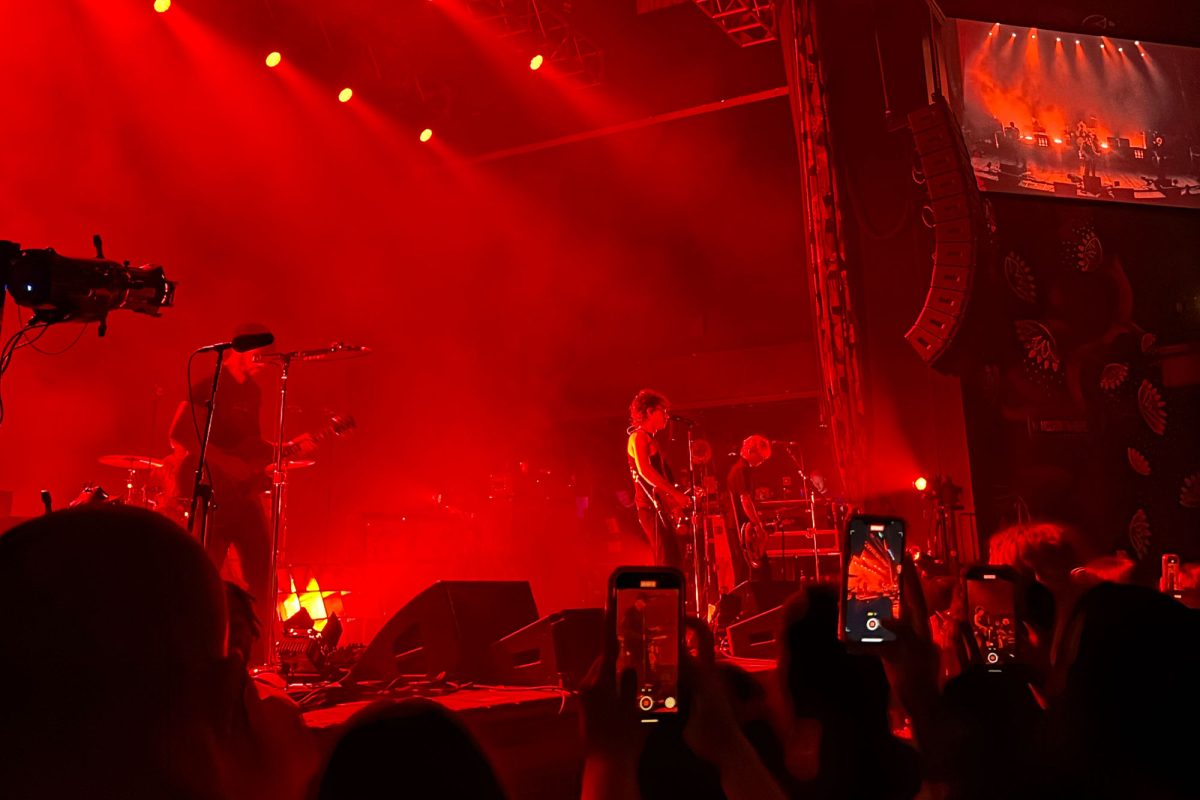
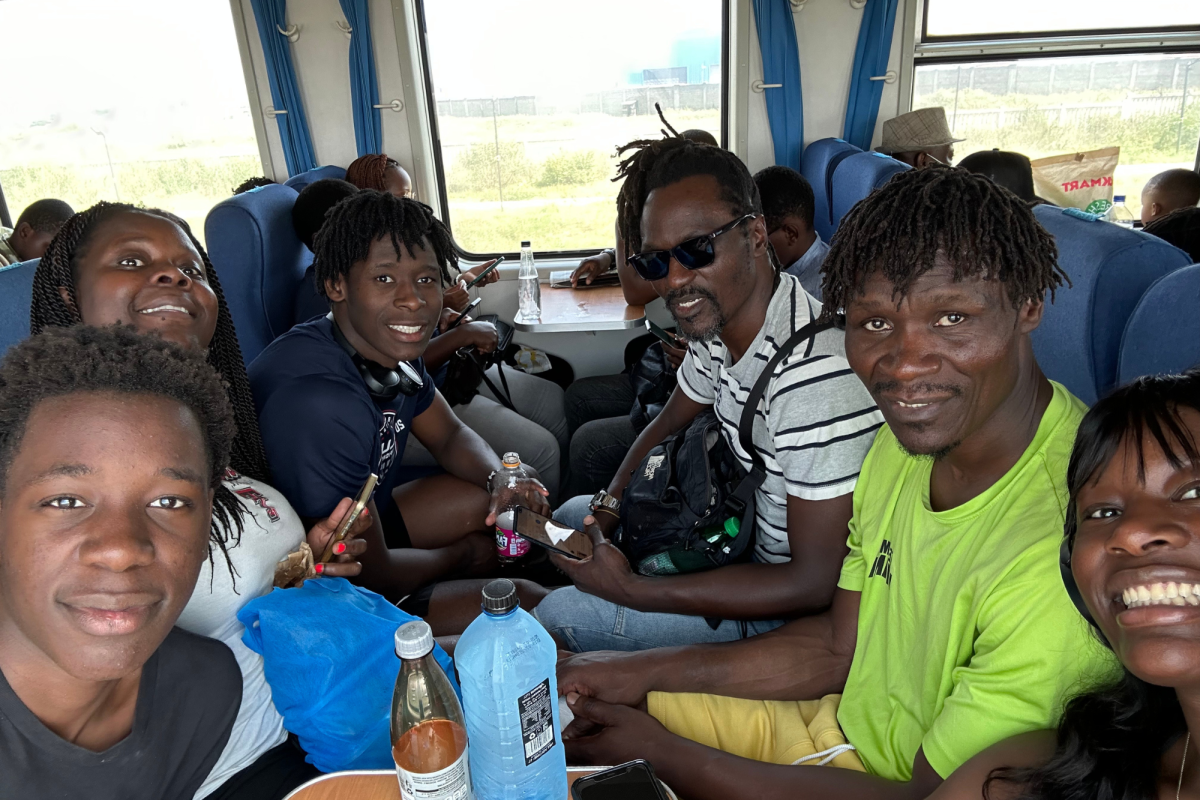
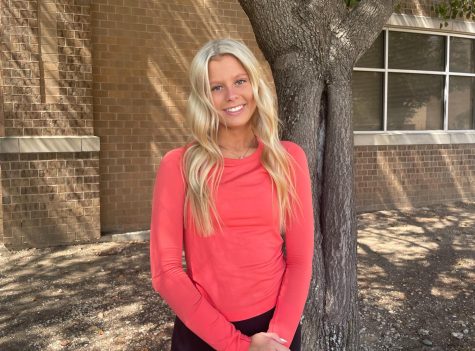
Zachary Moland • May 6, 2024 at 7:41 pm
Bringing part of my life and what I continue to face into a news article was never going to be an easy feat, so I owe many thanks to the following outstanding individuals for their commitment to this amazing story:
– Wingspan co-Editor-In-Chief and article author, Haley Ward, who generously agreed to take on this story and was incredibly creative, patient and respectful with her approach
– Wingspan Advisor, Mr. Brian Higgins, who was the first to pitch a story about the more unique aspects of my life
– My terrific parents, who were as supportive of this project as they have been of me for my entire life, which is to say very, very supportive.
There are also multitudes of other people that weren’t directly involved in the making of this story but deserve a shout-out for shaping the person I am today: my siblings and extended family and the countless neurologists, neuroscientists, doctors, surgeons, therapists, nurses, paramedics, teachers, and Scouts BSA members that have always been there right when I needed them.